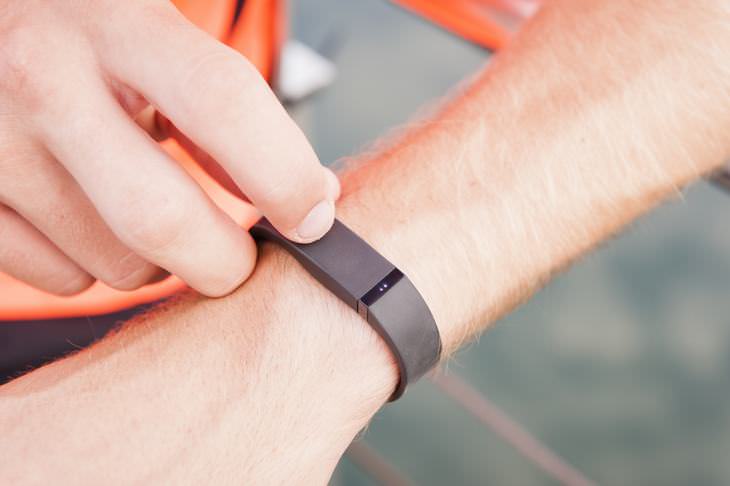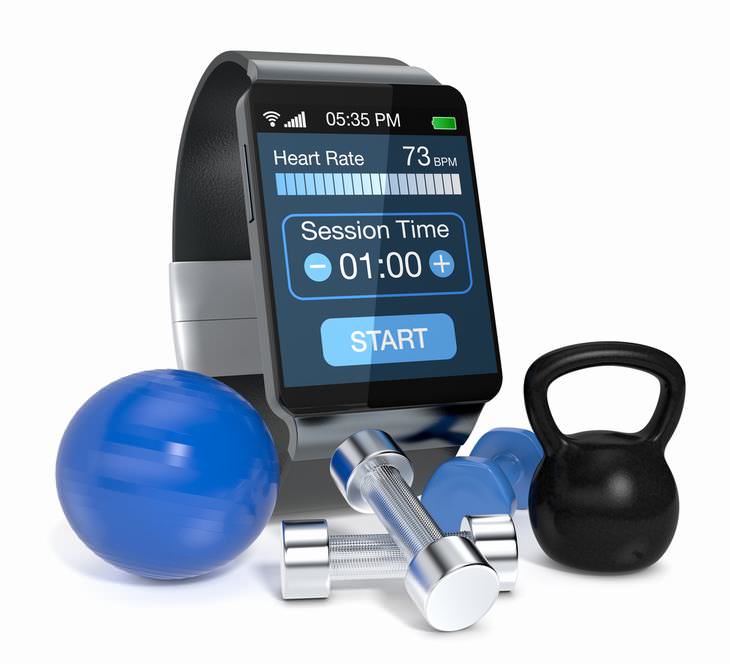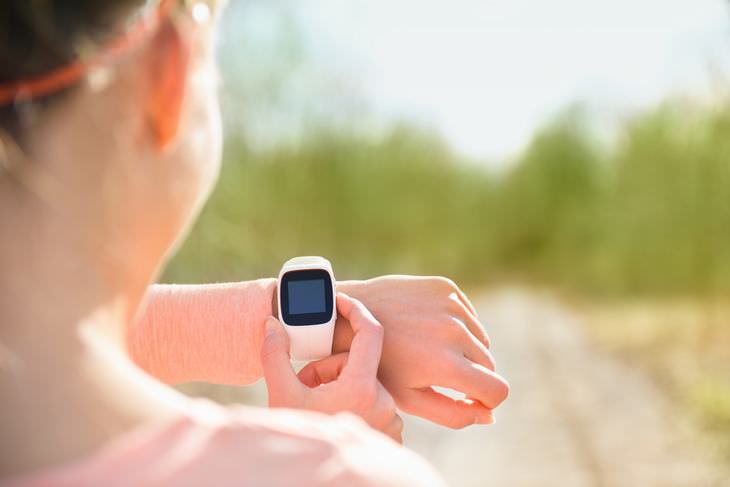
Fitbits, Apple Watches and similar items are a fun way to boost your exercise goals and track your heart rate. Yet, as good as these items may be, the latest generation of wearables can truly help provide more information around your long-term health patterns or conditions, while also helping you make lifestyle changes that really stick. These devices are FDA-approved, and encourage and work directly with technology companies to develop health wearables that are effective, and can be officially designated as medical devices.
For conditions like blood pressure measurements or irregular heartbeats, however, it's essential that you still get regular monitoring by a doctor. Nevertheless, a device can still give you a better idea of what's going on, although it may not be 100% accurate. Take a look at five wearables that can be worn all the time,monitoring your wellbeing.

1. Track your UV exposure
L’Oreal My Skin Track UV ($60): Did you know that one in five Americans will contract skin cancer at some point in their lives? The risk of contracting the disease increases above age 50. These days, staying off the beach isn't enough. In fact, most cases of melanoma are caused by the radiation from ultra violet (UV) rays which are stronger today than in the past, because of decreased ozone levels, which can burn your skin, even if it is cloudy.
This wearable is a sleek dime-sized device that clips to your shirt. It has a built-in LED sensor to measure UV levels. The smartphone app uses proprietary algorithms to cross-reference sun radiation measurements with GPS-enabled real-time online data. It can also factor in levels of pollen, humidity and pollution for your location. When it's time to put on sunscreen, or move into the shade, you will be alerted.
2. Zap away pain
Quell 2.0: Chronic pain is a reality for many people, but the opioid epidemic has made consumers and physicians more aware of the dangers of pain medication. Quell 2.0, worth $300 is an over-the-counter transcutaneous electrical nerve stimulation (TENS) pain killing device. According to a study published in the Journal of Pain Research, 80% of subjects reported a reduction in their pain levels after TENS therapy with this device. But, how does it work? The slim Quell leg band send electrical pulses via the nerves in your calves to the brain. They stimulate the production of enkephalins that shut off pain receptors temporarily. Quell also automatically adjusts and optimizes therapy sessions based on everything from body position changes to local weather. You can also wear it while sleeping.

3. Take an ECG test at home
The Withings Move ECG: Did you know that more than 2.7 million Americans suffer from atrial fibrillaion (AFib), an irregular heartbeat condition that causes blood clots and heart attacks. Taking an ECG usually means covering yourself with electrodes at your doctor's office while you walk on a treadmill. This device - the Withings Move ECG ($130) looks like a traditional timepiece, but it actually has powerful heart-monitoring capabilities. The device features three built-in electrodes. This allows for ECG recordings to be taken via your wrist anytime just by pressing your fingers on the side of the watch for 20 seconds. The mobile app then alerts you to any irregularities, which lets you know if you need to call a doctor.
4. Get an accurate blood pressure reading
The Omron HeartGuide: Blood pressure fluctuates a lot, so it is best to have it checked regularly throughout the day. This can be tough to do with such a bulky arm cuff and separate electronic device. The Omron HeartGuide, worth $500, is a full-fledged smart watch that doubles as an FDA-approved medical device. It has an inflatable cuff inside the band, that checks your blood pressure via your wrist. This is far more accurate than the light-based sensors that other smartwatches use. The HeartGuide then transmits those readings to a mobile app for further analysis. Like all blood pressure monitors, it requires that you sit, or lie down for reading. But all you need to do is press a button, making 24/7 readings a reality that could save your life.

5. Restore your energy
The Propeaq Light Glasses: If you suffer from winter blues and struggle to get a good night's sleep when you travel across time zones, this wearable, costing $199 is for you. It will help reset the body's biological rhythms in just 30 minutes with blue and red lenses. The red lenses filter in melatonin-inducing light for rest, while the two types of blue lenses only let in energizing light. The light blue lens gives you energy in the AM or while traveling, while the dark blue blocks out harmful UV rays, because traditional sunglasses sometimes do such a good job of blocking light, you might be left tired.